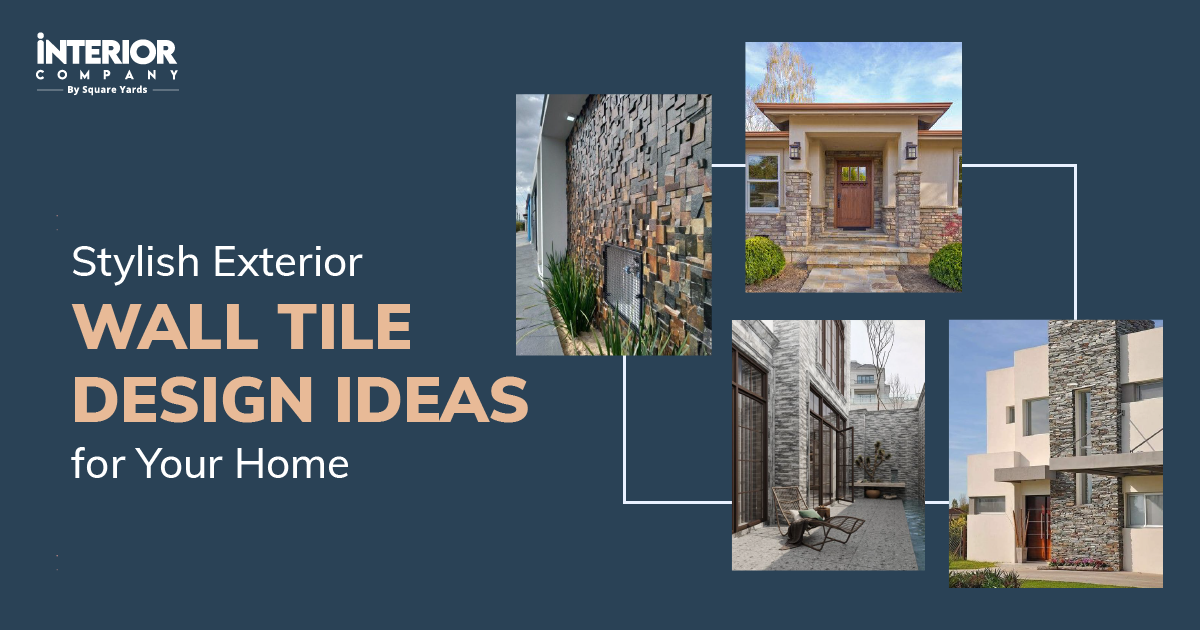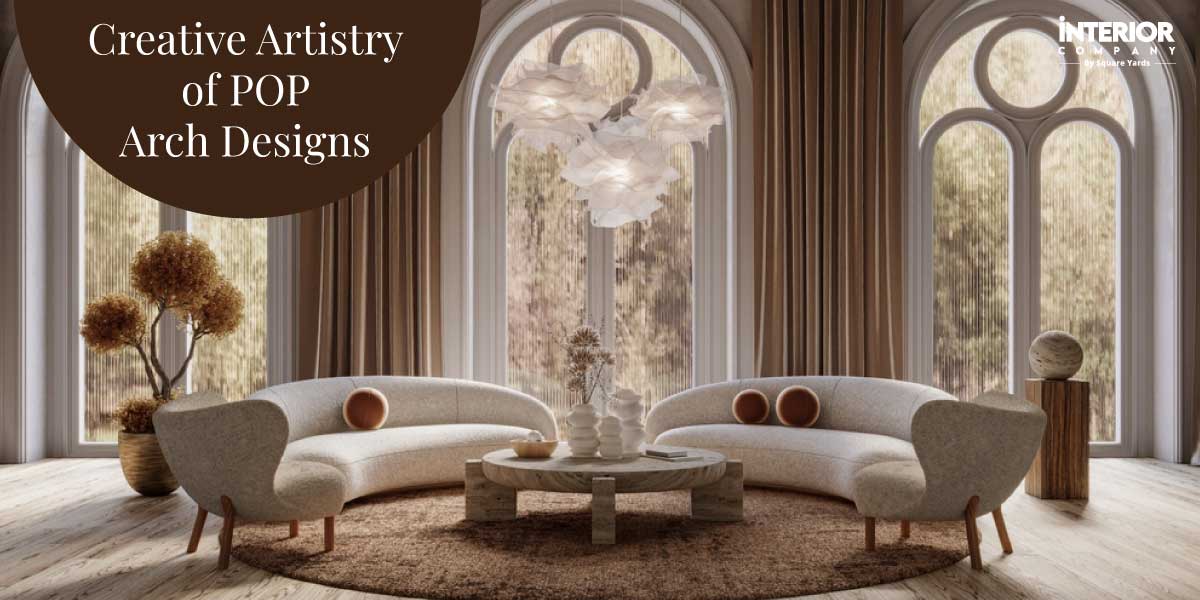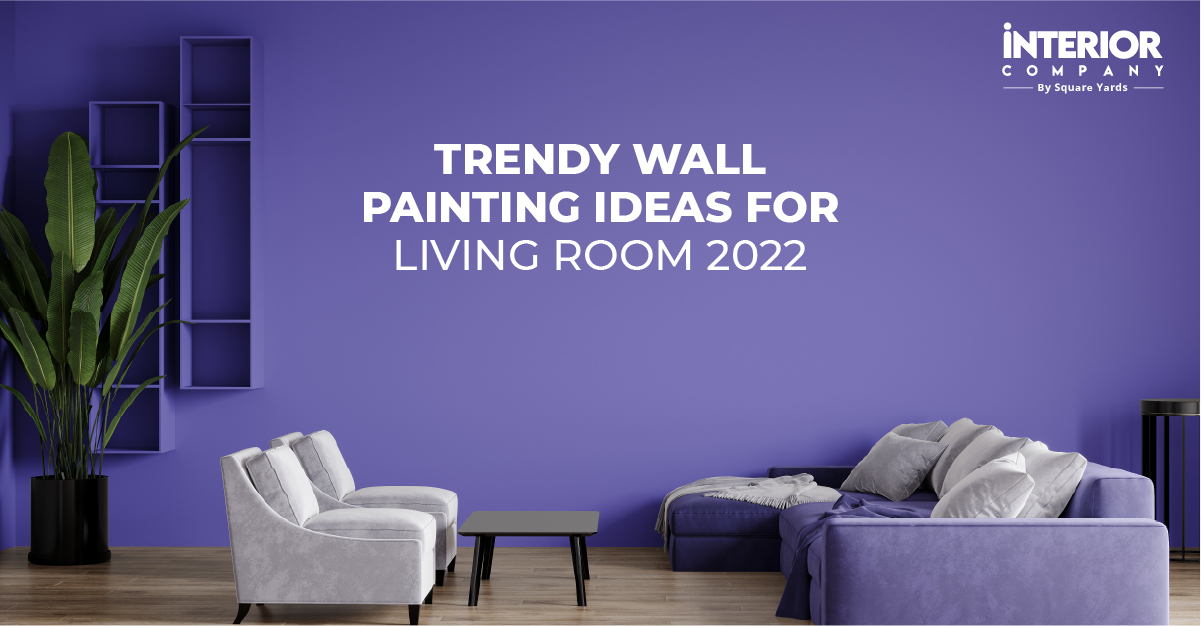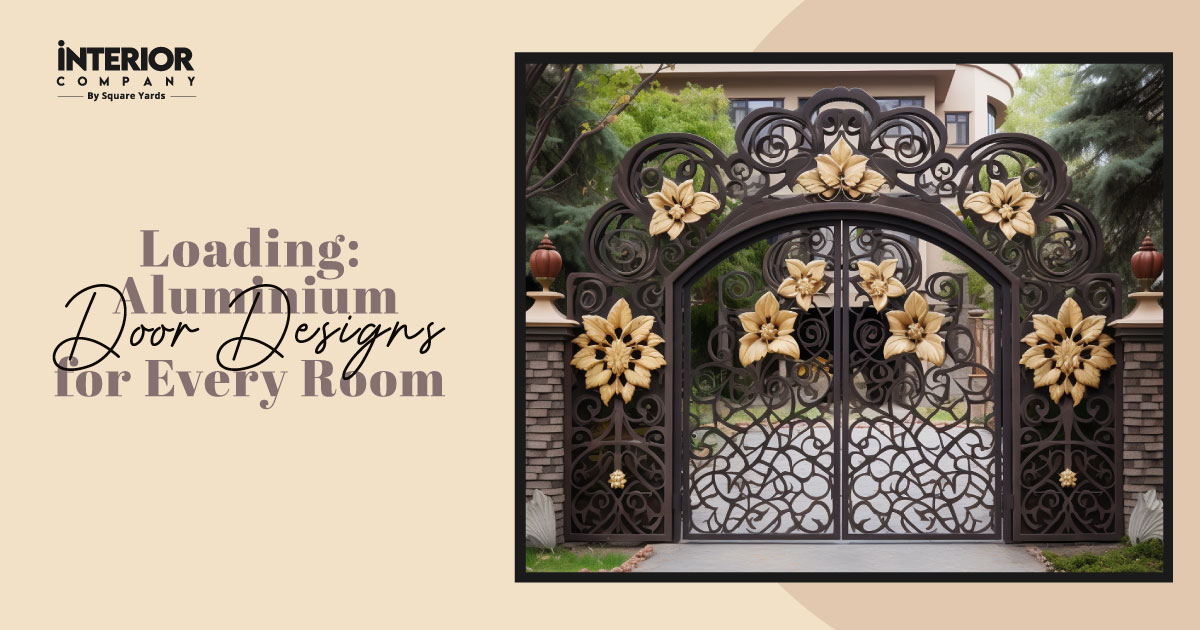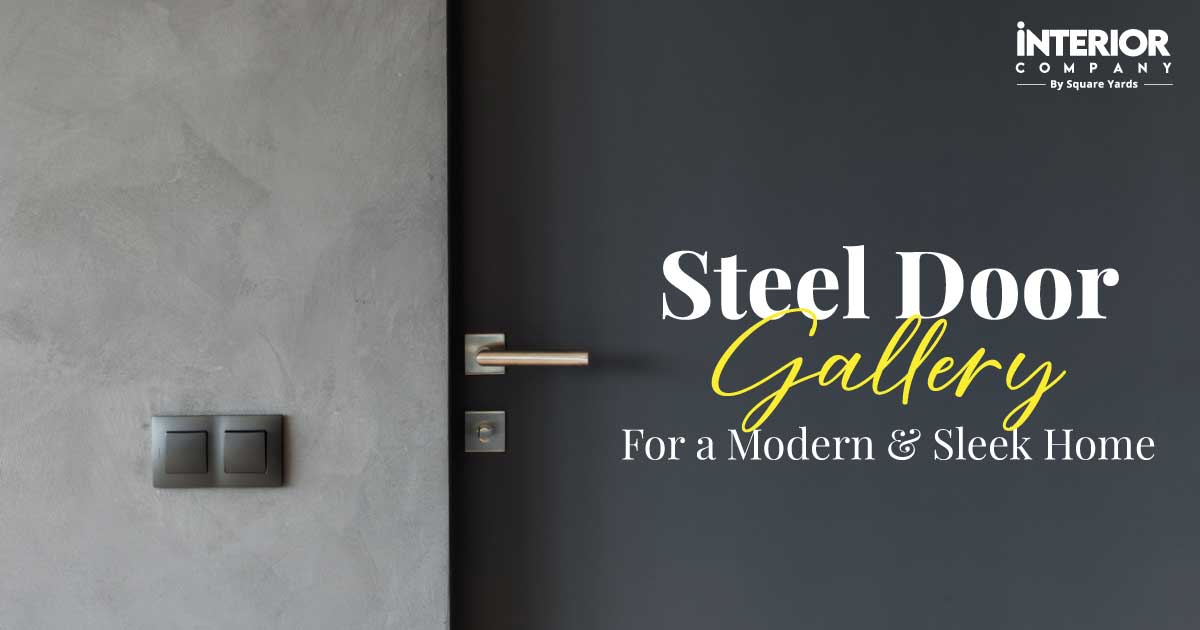- Kitchens
- Design Ideas
- Cities
- Trends
- Guides
- Price Calculators
- Our PortfolioNEW
- More
- Home
- Trends
- Construction
- Vastu Tips
- East Facing House Vastu Plan
East Facing House Vastu Plan: Best Design Tips for a Peaceful Life
Vastu Shastra is much more than a trend; it’s a way of life. Many homeowners seek Vastu-compliant homes that promote their well-being. This old science of architecture, honed over centuries, harmonises human structures with the natural energies of the universe. The five fundamental elements of Vastu Shastra are – fire, earth, water, air, and sky. Adding these elements to the design of living spaces lends a harmonious dwelling that resonates with the peace and welfare of the occupants. Each of these components carries significance in creating a conducive atmosphere. Today, we’ll discuss the Vastu ideology for east-facing house designs. Let’s explore the key principles and insightful tips that guide the layout and design of your home.
Table of Content
Discovering Your East-facing House Design
Do East-facing Houses Bring Good Luck As Per Vastu?
Vastu Tips for East-Facing Homes
Benefits of an East-Facing House
Main Gate Vastu for East-facing House
Plan for an East-facing House as per Vastu
East-facing House Vastu Plan With Pooja Room
East Facing House Design for Master Bedroom
East Facing House Vastu for Living Room
East Facing House Vastu Kitchen
East-facing House Vastu for Dining Room
Enhancing East-facing House Design with Artefacts
Ideal Colours for East-facing House Plan
Vastu Guidelines for Water Tank Position in East Facing Homes
Open Spaces and Balconies- East Facing House
Staircase Vastu for East Facing Homes
Some Vastu Do's and Dont's for East Face House
Seeking Harmony!
Discovering Your East-facing House Design
Before diving into Vastu Shastra guidelines, find out if your home is indeed east-facing. Stand at the main entrance of your house. The direction in which you face while exiting is the direction your house aligns with. If you face the east direction, you have an east-facing house! Scientifically, this orientation allows your home to bask in the warm embrace of the morning sun, bringing forth a surplus of positive energy.
Do East-facing Houses Bring Good Luck As Per Vastu?
It’s not just superstition; there’s a logical explanation behind the belief that east-facing home designs are fortunate and lucky. According to Vastu Shastra, East-facing houses are believed to have numerous benefits. Designed with a prominent Eastern orientation, they tend to attract good fortune and prosperity. Homes which are broad and low-lying with open spaces, promote a harmonious coexistence with nature and the cosmos.
Vastu Tips for East-Facing Homes
Now, let’s delve into the practical aspect of Vastu Shastra for East-facing houses. Here are some invaluable design tips to infuse your abode with peace and prosperity:
- Pooja Room in the Northeast: The northeast corner is associated with mental peace. Placing your Pooja room here can amplify the spiritual ambience of your home.
- Staircase Placement: If your house features a staircase, ensure it is located in the west or south direction. This style of arrangement maintains the Vastu balance and flow of energy.
- Balconies in the East: Open spaces like balconies should be strategically placed in the east to make the most of the morning sunlight, infusing your home with positivity and energy.
- Master Bedroom in the Southwest: The master bedroom is the soul of your home, and placing it in the southwest corner ensures stability and serenity in your personal life.
- Kitchen Vastu: When it comes to your kitchen, orient it in the northwest or southeast direction. As per the principles of Vastu, if you're cooking while facing east it enhances positive energy in your home.
- Optimal Wall Heights: The walls in the north and east directions should be slightly shorter than those in the west and south to seek harmony.
- Crystal Globe in the Northeast: If there are children in your home, consider placing a crystal globe in the northeast direction to foster a conducive learning environment.
- Living Room Placement: To usher in prosperity and luck, position your living room in the northeast direction.
- Rock Salt Bowls: As salt is considered a universal healer, placing bowls with rock salt in the corners of your home can purify the atmosphere and boost well-being.
Benefits of an East-Facing House
As east-facing houses receive the morning sun, its golden rays streaming through windows fill every corner of your home with warmth and positivity.
- An east-facing house permeates with a rejuvenating energy that sets a vibrant tone for the day ahead.
- According to Vastu Shastra, the ancient Indian science of architecture, an east-facing house allows for the smooth flow of positive energy, ensuring that life within its walls thrives with vitality.
- An east-facing house encourages a natural balance between the elements, bringing good luck to the family.
- If the main entrance is in the East, it symbolises new beginnings and prosperity.
- East-facing homes offer an uplifting atmosphere, strengthening familial bonds and creating cherished memories that last a lifetime.
Main Gate Vastu for East-facing House
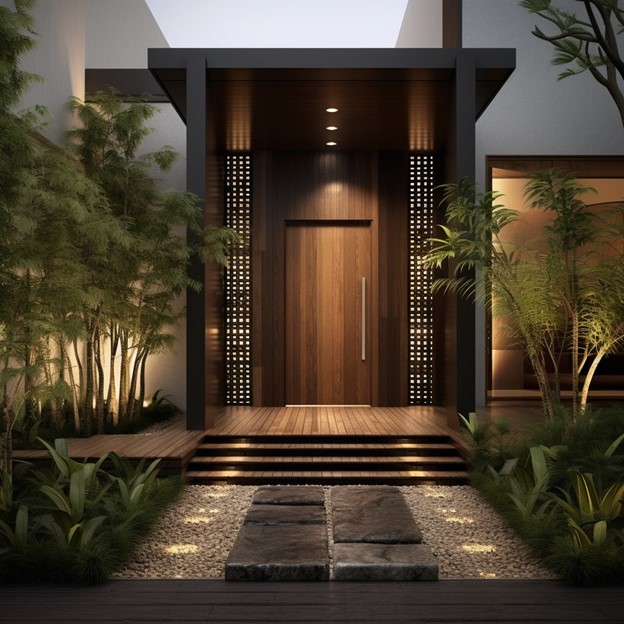
The main gate of your east-facing house holds special significance. To align with Vastu principles:
- Ensure your main gate is positioned in the centre of the house, avoiding the northeast and southeast corners, which are considered inauspicious.
- If your front door is in the northeast corner, leave a gap between the door and the wall to ward off negative energy.
- Avoid placing the entrance door in the southeast-facing direction, although if main gate faces southeast, consider these Vastu tips:
- Place Vastu pyramids on each side of the door and one above it.
- Decorate the sides of the door with symbols like Swastika, Om, and Trishul.
- Install a Siddha Shukra Yantra to ward off negative energies.
- Promote positive energy flow with a Siddha Vastu Kalash.
Plan for an East-facing House as per Vastu
|
S. No |
Types of Rooms |
Favourable Directions |
|
1 |
Guest room, kitchen, living room |
North-West |
|
2 |
Pooja Room |
North-East |
|
3 |
Drawing room, living area, office |
North |
|
4 |
Study room, dining room, kid's room |
West |
|
5 |
Kitchen, bathrooms, staircases |
South-East |
|
6 |
Staircases, overhead tanks |
South |
|
7 |
Verandah, atrium, entrance lobby, balconies and other open spaces |
East |
|
8 |
Storerooms, garages, primary bedrooms |
South-West |
|
9 |
Main doors |
Right in the Centre |
East-facing House Vastu Plan With Pooja Room
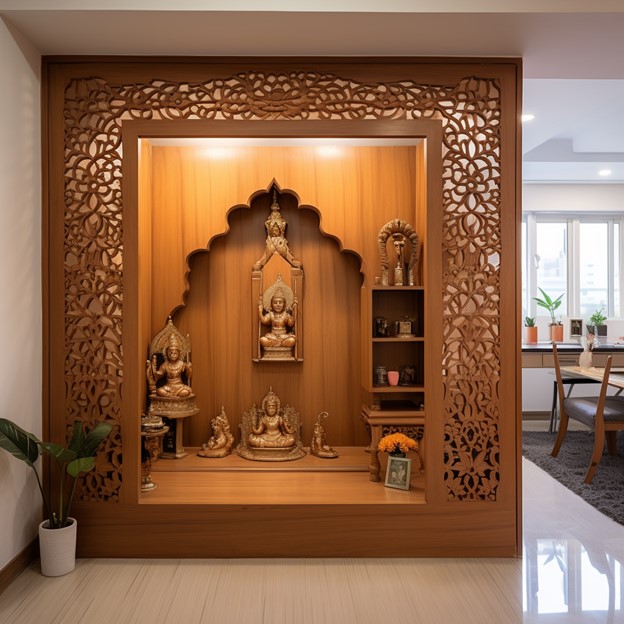
The Pooja room is a sacred space that reverberates with spiritual energy. In Vastu Shastra’s east-facing house plans, the placement of this essential room should be ideally correct for positive influence in your home.
Optimal Placement: For a house facing the east, the Pooja room should find its sacred abode in the northeast direction. To infuse tranquillity and divine presence, avoid making any alterations or adjustments when it comes to Vastu’s best practices for pooja rooms.
Bathroom Distancing: Ensure that the Pooja room is constructed away from the bathroom, respecting the sanctity and purity of this sacred space.
East Facing House Design for Master Bedroom

Your master bedroom is not just a room; it’s your personal sanctuary, a place of rest and rejuvenation.
Placement and Size: When crafting your east-facing house Vastu plan, give precedence to the master bedroom. Position it in the southwest direction, allowing it to be the largest room in the house. Make sure the bed should be placed on the west or south wall. This way, while resting, your head points towards the west or south, invoking a sense of grounding. Let your feet face east or north, harmonising with the natural flow of energy.
Integrating a Dressing Room: Avoid placing the mirror or any other reflective surface in front of your bed. If you envision a dressing room within your master bedroom, consider situating it on the north or west side.
Strategic Bathroom Design: The bathroom’s placement is crucial. Always keep the bathroom door closed, and avoid positioning it directly in front of the bed.
East Facing House Vastu for Living Room
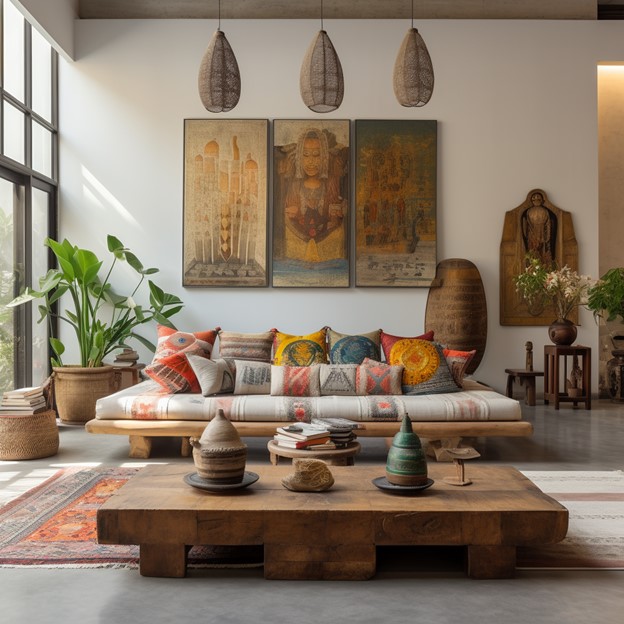
The living room serves as the heart of your home, a space where the family gathers and memories are created.
Placement Matters: According to Vastu principles, position the living room on the northeast side of your house.
Wall Dimensions: Maintain a subtle balance in wall dimensions. The north and east walls should be slightly thinner and shorter compared to the west and south. It ensures Godspeed in both personal and professional aspects.
East Facing House Vastu Kitchen

Kitchen, the culinary haven of your home should be in the ideal direction as it flows positive vibes throughout the space.
Directional Placement: Ideally, the kitchen should be placed in the southeast corner of your home. If this isn’t feasible, consider the northwest direction as an alternative. However, avoid north, west, or northeast orientations.
Cooking Alignment: Align yourself with the natural flow of energy while cooking. If your kitchen faces southeast, the cooking direction must be east. For a northwest-facing kitchen, face west. This favourable position invites positive energies into your culinary endeavours.
Appliance Placement: Place the gas stove, ovens, or toasters on the southeast side for optimal Vastu balance. The refrigerator and storage area should find their place on the southwest side, ensuring a harmonious flow of vitality.
East-facing House Vastu for Dining Room
The dining room can be formal/casual, an entertainment hub bringing together friends and family and serving you in style!
Continuity with Kitchen: In an east-facing house, the dining room should ideally be in continuation with the kitchen, situated on the south, west, or east side for a streamlined design. Ensure that the entrance door and the dining room door do not face each other.
Seating Orientation: When seated at the dining table, face north, west, or east for a pleasing dining experience. However, the head of the family should always take the centre facing east, symbolising auspicious beginnings and unity.
Enhancing East-facing House Design with Artefacts
Your home is a canvas, waiting to be adorned with pieces that resonate with positivity and harmony. Embellish the east-facing house with artefacts that can amplify the flow of an optimistic and auspicious vibe.
- The Rising Sun Painting: To foster deeper connections within your family and among friends, consider placing a painting depicting the rising sun in the eastern part of your home.
- Seven Horses Painting: Decorate the eastern wall of your living room with a painting featuring seven horses that allure wealth and growth.
- The Verdant Greens: Incorporate a painting or artwork depicting lush greenery in the east direction, lending an eye-catching and vibrant appeal.
- The Laughing Buddha Statue: To infuse your home with cheerfulness and harmonious vibrations, consider placing a statue of the laughing Buddha on the eastern side.
Ideal Colours for East-facing House Plan

Choose the right paint colours for your east-facing house to harness natural light and create a welcoming ambience. An east-facing flat vastu plan receives ample morning light gracing your interiors, considering how colours will play with both natural and artificial illumination.
- Serene Blues and Greens: Blue hues with a touch of grey bring a calming, cool environment to your east-facing rooms. Meanwhile, shades of green with hints of aqua enliven your home interiors, making each room feel like a breath of fresh air.
- Minimalistic Elegance: If your taste leans towards minimalism, lighter shades of pink and white can be your best companions. These hues exude an understated elegance, creating a serene backdrop that allows your decor and furnishings to shine.
Vastu Guidelines for Water Tank Position in East Facing Homes
Water, our source of life, carries powerful energies that strike peace and prosperity in your living spaces. As per Vastu Shastra for an east-facing home, the ideal location for placing a water tank is in the northeast or north direction. If you have an overhead water tank, consider siting it in the west or southwest direction. However, remember to avoid placing the tank in the centre, as it may lead to imbalances in energy flow.
Open Spaces and Balconies- East Facing House
Open spaces and balconies serve as gateways for natural light and fresh air, imbuing your home with liveliness and buoyancy. In an east-facing house, their placement holds special significance. According to Vastu Guidelines, open spaces like balconies should be positioned in the east direction to attract positive energies. If the east corner of your house is obstructed or enclosed it can lead to health issues for the family members. Consider remedies like mirrors or vibrant artwork to counteract this effect and maintain an auspicious flow of energy.
Staircase Vastu for East Facing Homes

The staircase is more than a functional element; it’s a conduit for energy flow within your home. According to Vastu principles, the staircase crafted in the west, southwest, or south direction of your east-facing house ensures a balanced flow of energy. Never situate the staircase in the northeast corner, as this may disrupt the entry of beneficial sun rays into your home. Instead, opt for a placement that encourages positive energy circulation. Additionally, when designing the staircase, ensure it ascends in a clockwise direction.
Some Vastu Do’s and Dont’s for East Face House
While constructing an east-facing house, you should keep in mind the following pointers:
- Avoid placing toilets in the northeast direction.
- Never position septic tanks in the northeast quadrant of your house.
- If your main door faces east, a wooden name plate works best.
- The northeast direction should not house your kitchen, as it is best reserved for spaces that promote tranquillity and harmony.
- Keep a crystal globe in the northeast zone of your home for children and students to shine.
- Ensure that there are no staircases in the northeast corner of the house.
- Keep your entrance unobstructed by poles or trees for a smooth flow of energy.
- Avoid buying a plot that slopes towards the south or north direction.
- Ensure the northeast corner of your house is free from excessive clutter.
- Avoid placing a mirror directly in front of the bed.
- Do not plant trees in the north or east direction.
Seeking Harmony!
In crafting your east-facing abode, remember this: your home is a reflection of your spirit. Following the Vastu principles, from the serene master bedroom to the functional living room, each space strikes a perfect balance of peace and harmony. The kitchen hums with zeal while open spaces invite cheerfulness and stairs guide energies gracefully. Create a desirable home that induces the art of balanced living, promising practicality, positivity and tranquillity.
Want an expert opinion on your east-facing house plan? Connect with our experts at Interior Company!
*Images used are for illustration purposes only. Interior Company does not hold any copyright to the images unless mentioned explicitly.
Top Interior Designers in Your City
Ready for a home transformation?
Let our designers assist you!
Recent Posts
Yes, as the sun rises from the East, it is considered a symbol of light, life and energy, proving to be auspicious for its occupants.
The ideal Vastu plan for an east-facing house recommends placing the master bedroom in the southwest direction. The living room is ideally located in the northeast corner, while the kitchen is in the southeast or northwest. Follow Vastu guidelines for other spaces, including balconies, staircases and bathrooms, to create a harmonious and balanced environment.
Planning an east-facing house involves considering the placement of rooms and elements in alignment with Vastu principles. Consult a Vastu expert or architect who can provide further guidance in planning your east-facing house.
The size of an east-facing house can vary depending on personal preferences, budget, and available space. There is no specific requirement for the size of an east-facing house in Vastu. However, functionality and comfort are the essential factors for a good flow of energy.
The east direction holds special significance in Vastu because it is associated with the rising sun. It is believed to be the source of positive energy and vitality, marking new beginnings and growth.
Choose colours that complement the abundant morning light and natural ambience of the living space. Serene shades like blue with hints of grey create a calming vibe. Green with aqua undertones brings a sense of freshness and zeal to your home. Lighter shades of pink and white provide a minimalistic, elegant backdrop.
In an east-facing house, stairs should be situated in the west, southwest, or south direction according to Vastu principles.
Related Category
- Bedroom
- Exterior Design
- Kitchen
- Living Room
- Tips and Advice

















